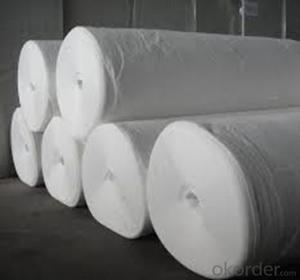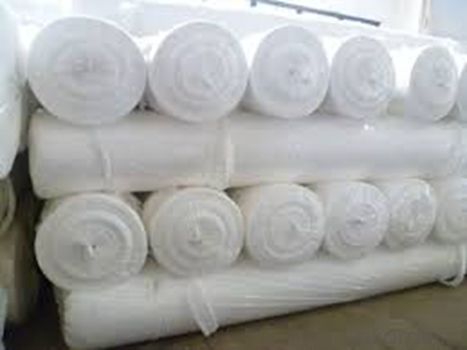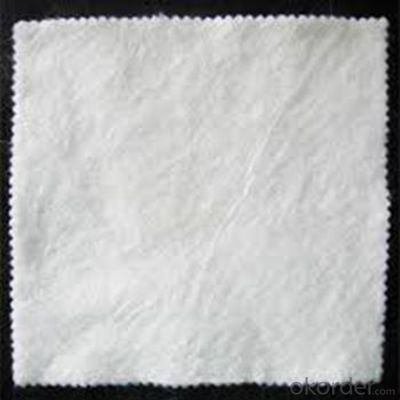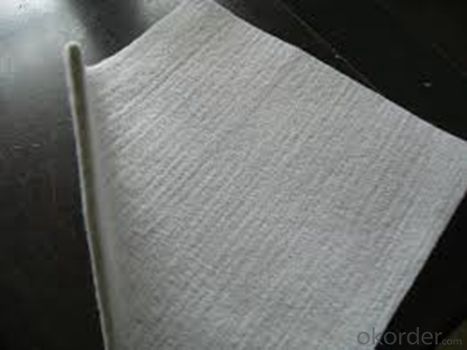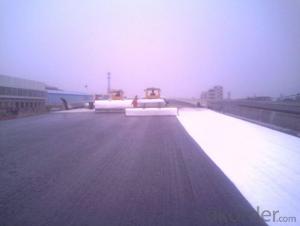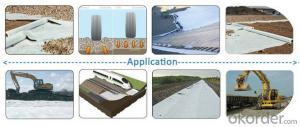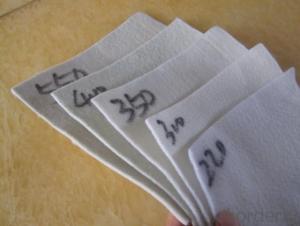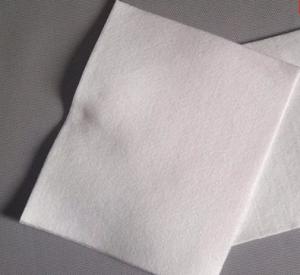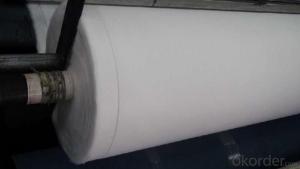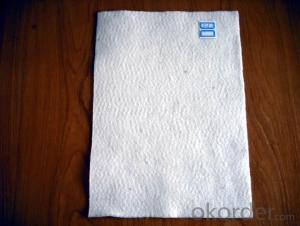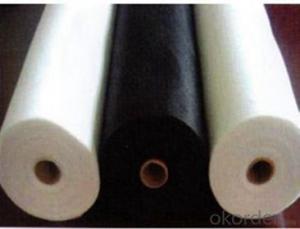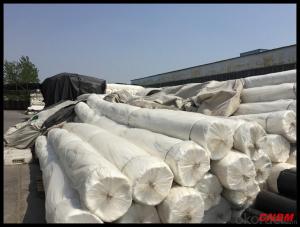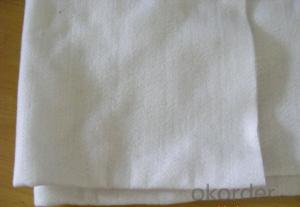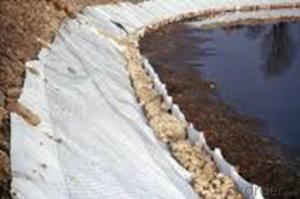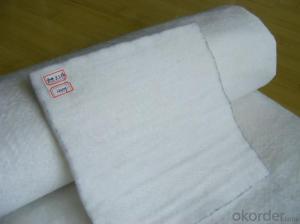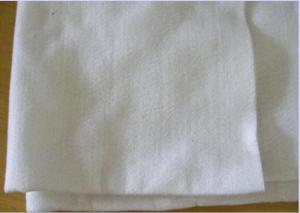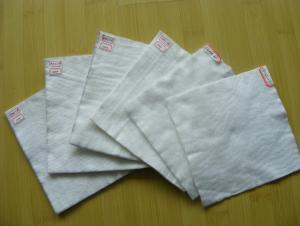Te Geotextile Non-Woven Short Fiber Needle-Punched Geotextile 2-6 Meters Width
- Loading Port:
- China main port
- Payment Terms:
- TT OR LC
- Min Order Qty:
- 1000 m²
- Supply Capability:
- 500000 m²/month
OKorder Service Pledge
OKorder Financial Service
You Might Also Like
Specification
2-6 Meters Width Short Fiber Needle-punched Non-woven Geotextile
Short Fiber Needle-punched Non-woven Geotextile
Model:SNG100-SNG1500
Properties:Anti-ageing,High Strength,Good Flexibility and Permeability,Filtration,Isolation and Easy Construction
Application:It is widely used in areas of the railway,highway,sport venue,dyke,water project construction,tunnel,sea beach,inning,environment project,etc,It can also used in the reinforcement,separation,filtration,drainage etc.
Packing:Width 2-6m,Length 50-100mm(or under customers' request)
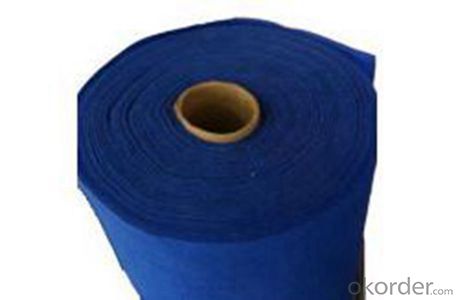
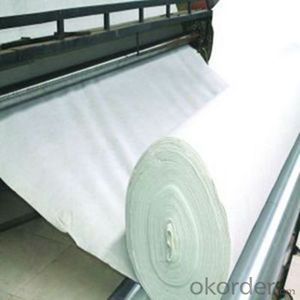
Packaging & Shipping
Packing: PLASTIC FILM INSIDE, AND WOVEN BAG OUTSIDE
Shipping: About 15 days after receipt the deposit
pecifications
geotextile fabric
permeability,filtration,easy for construction
ISO and CE certificate
Good quality and competitive price
Our Service
Quality assurance
1.On a regular basis or as per your request,we entrust national testing agencies to conduct quality inspections
2. Strictly in accordance with the ISO9001-2008 international quality system standard,we monitor and manage the whole process throughout production,quality testing,and measurement to ensure product quality
3. For quality-related construction delay or substandard construction(except for damage or losses due to customer’s responsibility or irresistible natural disasters),we have refunding,replacement,and repair services.We will respond to customers’ feedbacks on quality issues within 24 hours.
After-sales service
1.In order to provide customers with comprehensive technical support,we will provide technical and other related information upon request in a timely manner.
2.In required,we will appoint specialized technicians to the construction site to give technical trainings to construction people,and offer technical guidance throughout the whole construction process.
3.For damage due to shipment and delivery,after we receive the complaint,we will check the issure through provided pictures and videos.If our responsibility is confirmed,we wil offer free replacement.
4.When the construction is completed,as your request,our technical staff may participate in the final acceptance.
FAQ:
Q: What kind of payments does jenor support?
A: T/T, L/C, Cash are accepted.
Q: Do you charge for the samples?
A: Accordeing to our company policy, the samples are free, we only charge the freight fee. And we will return the freight fee during the next order.
Q: Can you produce according to customers' design?
A: Sure, we are professional manufacturer, OEM and ODM are both welcome.
Q: Do you have other products?
A: Yes, please check the pictures:
- Q: Geotextile seam construction how to do
- Sewing of geotextiles All sutures must be carried out continuously (for example, spotting is not allowed). Before the overlap, the geotextile must overlap at least 150mm. The minimum stitch is at least 25 mm from the weaving edge (the edge of the material exposed). The seam of the geotextile seam is covered by a single line of thread lock. The line used for suturing should be a resin material with a minimum tension of more than 60N and is resistant to chemical corrosion and UV resistance comparable to or beyond the geotextile. Any "missing needle" on the sewn geotextile must be re-sewn in the affected area. It is necessary to take appropriate measures to prevent the soil, particulate matter or foreign matter from entering the geotextile after installation. Cloth lap according to the terrain and the use of functions can be divided into natural lap, seam or welding. Geotextile manufacturers, for your answer
- Q: How do geotextiles help in stabilizing railroad tracks?
- Geotextiles help in stabilizing railroad tracks by providing reinforcement and separation between the subgrade and the ballast. They prevent the mixing of fine particles from the subgrade with the ballast, maintaining its stability and preventing track settlement. Additionally, geotextiles enhance drainage, reducing water accumulation and increasing the overall stability of the railroad tracks.
- Q: Can geotextiles be used in agricultural waste management systems?
- Yes, geotextiles can be used in agricultural waste management systems. Geotextiles are commonly used to control erosion, improve drainage, and provide filtration in various applications. In agricultural waste management, they can be utilized to line storage ponds, control the flow of water, and separate different layers of waste materials. Additionally, geotextiles can help in preventing nutrient leaching and protecting the surrounding environment from contamination.
- Q: What are the potential drawbacks of using geotextiles?
- Some potential drawbacks of using geotextiles include the high cost of materials and installation, limited durability in certain environments, potential for clogging due to fine particles, and difficulty in recycling or disposing of used geotextiles. Additionally, improper installation or selection of geotextiles may not provide the desired results, leading to project failure or inefficiency.
- Q: How do geotextiles help with reinforcement of steep slopes?
- Geotextiles help with the reinforcement of steep slopes by providing stability and preventing erosion. They are placed within the slope to act as a barrier, holding the soil in place and preventing it from sliding or washing away. Geotextiles also allow for water drainage, reducing the chance of saturation and further erosion. Overall, they enhance the strength and durability of steep slopes, making them more resistant to natural forces such as gravity and rainfall.
- Q: How are geotextiles affected by chemical exposure?
- Geotextiles can be affected by chemical exposure depending on the specific chemical involved. While some chemicals may have no significant impact on geotextiles, others can cause deterioration, degradation, or weakening of the material. It is crucial to consider the chemical compatibility of geotextiles when they are exposed to potentially harmful substances to ensure their performance and longevity.
- Q: How do geotextiles affect soil moisture retention?
- Geotextiles can significantly impact soil moisture retention by acting as a barrier between the soil and the external environment. They help in reducing excessive evaporation from the soil surface, thus minimizing water loss. Additionally, geotextiles prevent the erosion of soil particles, maintaining soil structure and facilitating better water infiltration. This ultimately improves soil moisture retention by creating a more favorable and stable environment for plants to grow.
- Q: How do geotextiles help in erosion control?
- Geotextiles help in erosion control by providing a barrier that separates soil layers and prevents them from being washed away by water or wind. They stabilize the soil, promote vegetation growth, and enhance drainage, ultimately reducing erosion and maintaining the integrity of the landscape.
- Q: What are the key properties to consider when evaluating geotextiles?
- When evaluating geotextiles, key properties to consider include strength, permeability, durability, and compatibility with the surrounding environment.
- Q: How are geotextiles used in sports field construction?
- Geotextiles are used in sports field construction to stabilize the soil, improve drainage, and prevent the migration of soil particles. They are commonly used as a base layer under the turf to enhance the field's durability and longevity. Additionally, geotextiles help to reduce the risk of erosion and maintain the field's evenness, allowing for optimal playing conditions.
Send your message to us
Te Geotextile Non-Woven Short Fiber Needle-Punched Geotextile 2-6 Meters Width
- Loading Port:
- China main port
- Payment Terms:
- TT OR LC
- Min Order Qty:
- 1000 m²
- Supply Capability:
- 500000 m²/month
OKorder Service Pledge
OKorder Financial Service
Similar products
Hot products
Hot Searches
Related keywords
